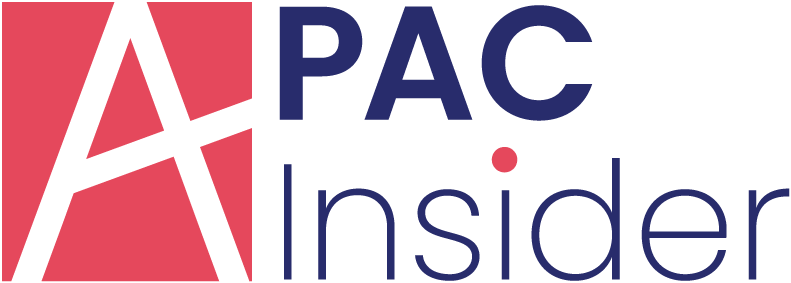It is understood the cash injection is a response to the economic slowdown revealed last month.
In data for August, industrial output in the country posted an underwhelming 6.9% annual growth rate. It is the lowest rate since the global downturn of the last few years.
The figures were also revealed amid other weak economic data.
The cash is already starting to arrive in a set of five nominated banks from the People’s Bank of China. The cash started being channelled yesterday (Wednesday 16 September), with tr transfers likely to complete through the course of today.
The Rmb500bn injection represents an equivalent cut of 50 base points to the country’s reserve requirement ratio. This is the level that commercial cash lenders must maintain with PboC, according to economists in the country. Citi analyst Shen Minggao said:
“The effectiveness of this policy move will largely depend on the interest rate charged on this lending by [the] PBoC, which is unknown,
“If the news is true, we believe the PBoC is maintaining an easing bias in its monetary policy stance to neutralise the property-sector down-cycle.
It is not the first action taking by the central bank to support flagging areas of the economy. The country has already seen cuts to RRR for lenders in rural communities, while an relaxation on home buying in the country was also introduced.
According to analysts, it is about taking careful steps to stimulate growth without panicking the market. Lessons have also been learned from 2009, where China introduced a huge stimulus package which resulted in huge debts being run up, among other significant negatives.






















